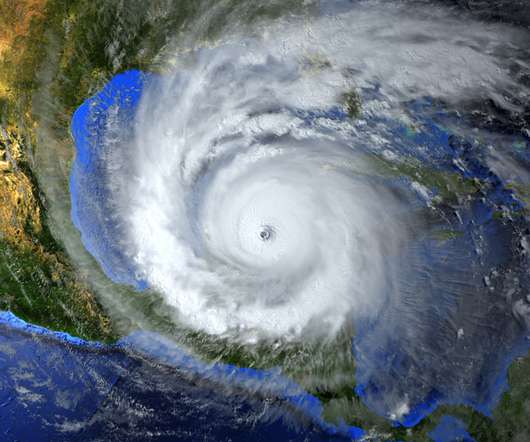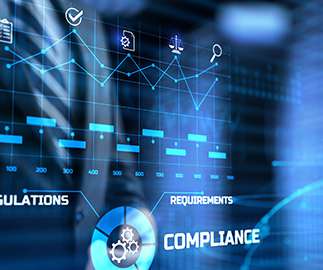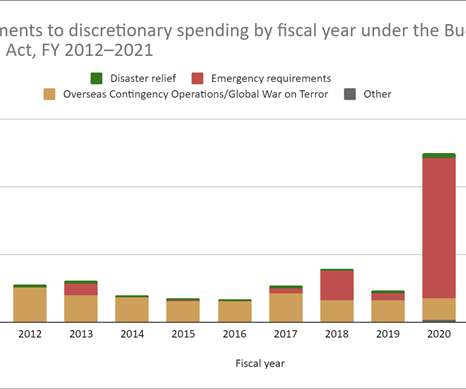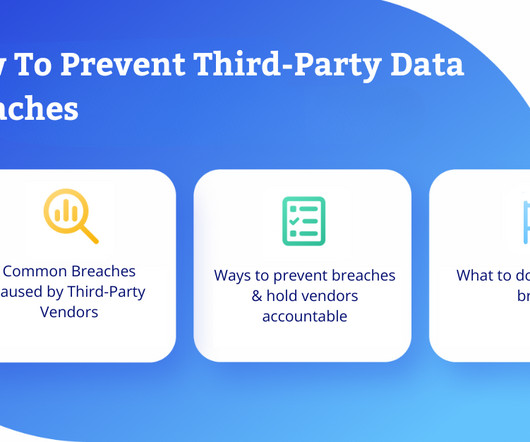Risk Assessment vs Risk Analysis
Reciprocity
APRIL 4, 2022
A risk assessment evaluates all the potential risks to your organization’s ability to do business. A risk analysis is conducted for each identified risk, and security controls are pinpointed to mitigate or avoid these threats. Various types of hazards must be considered. What Is a Risk Assessment? Economic risk.























Let's personalize your content